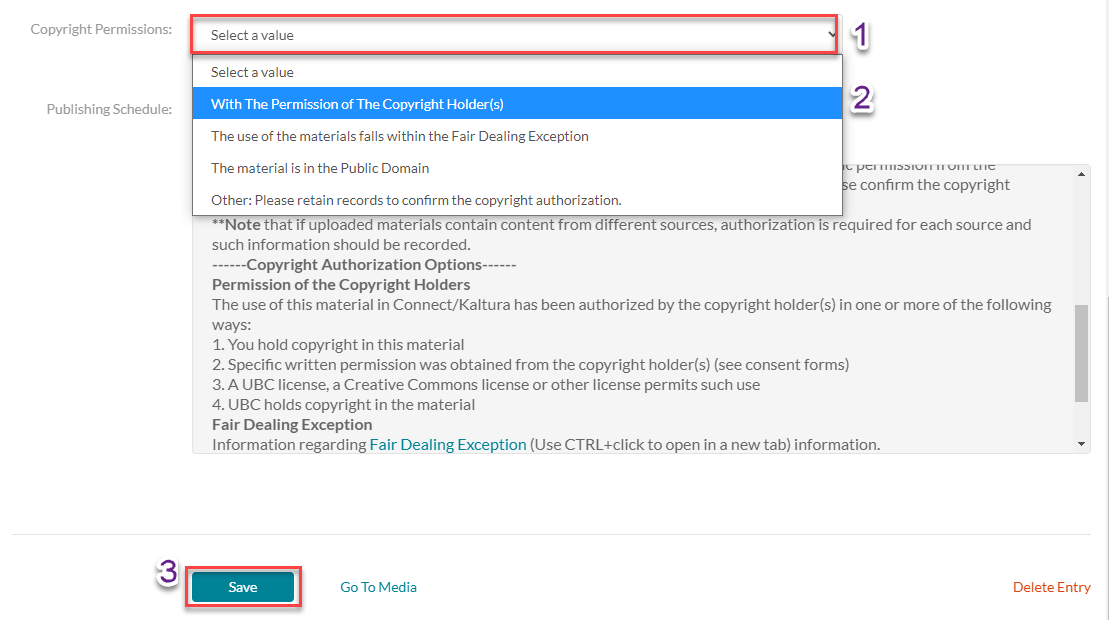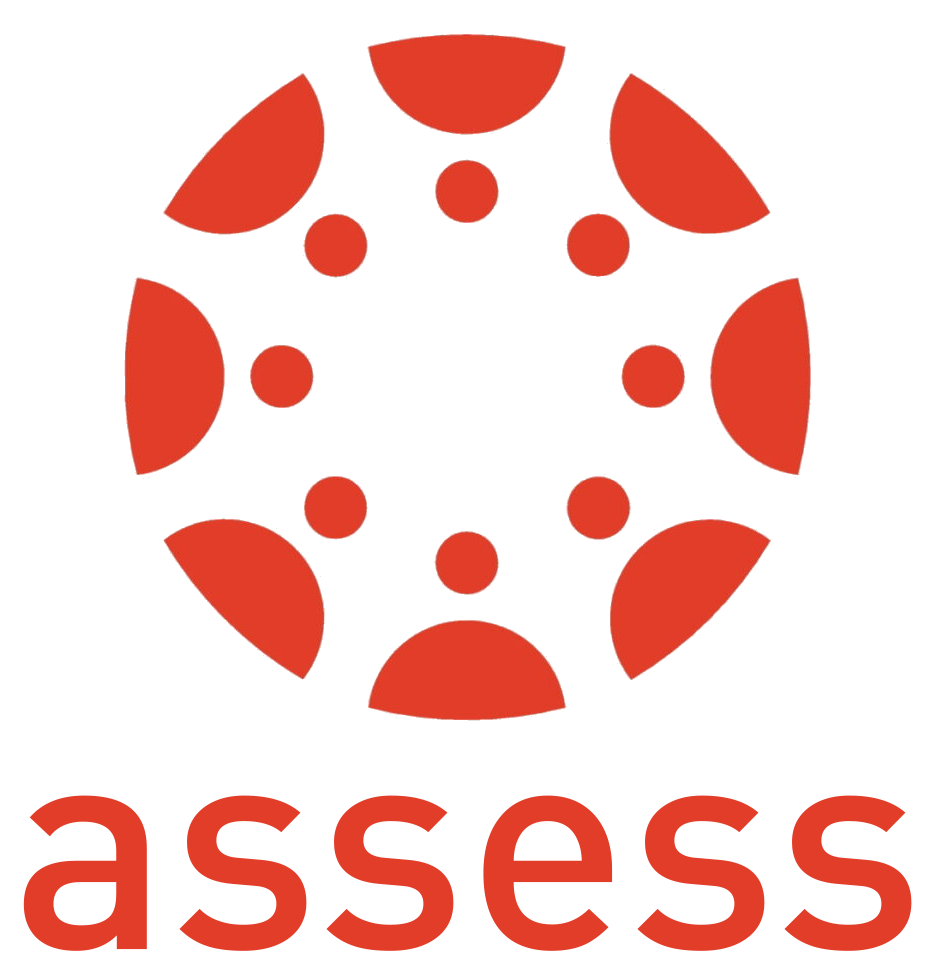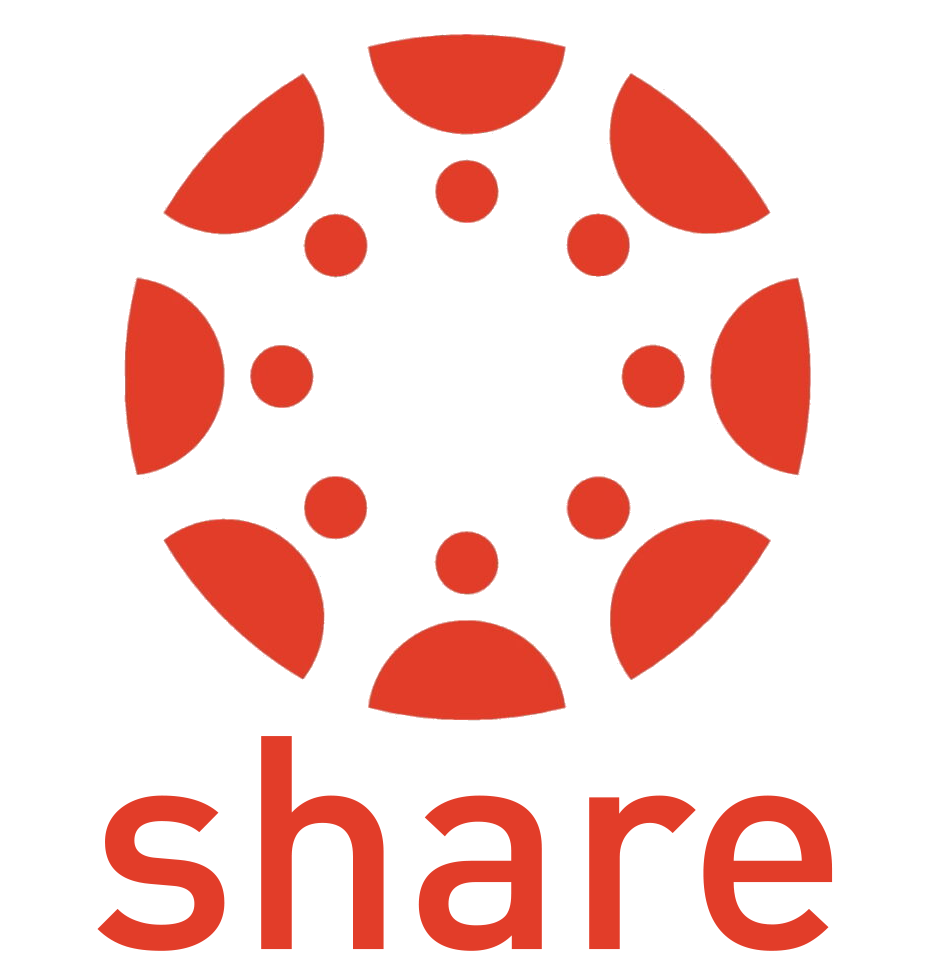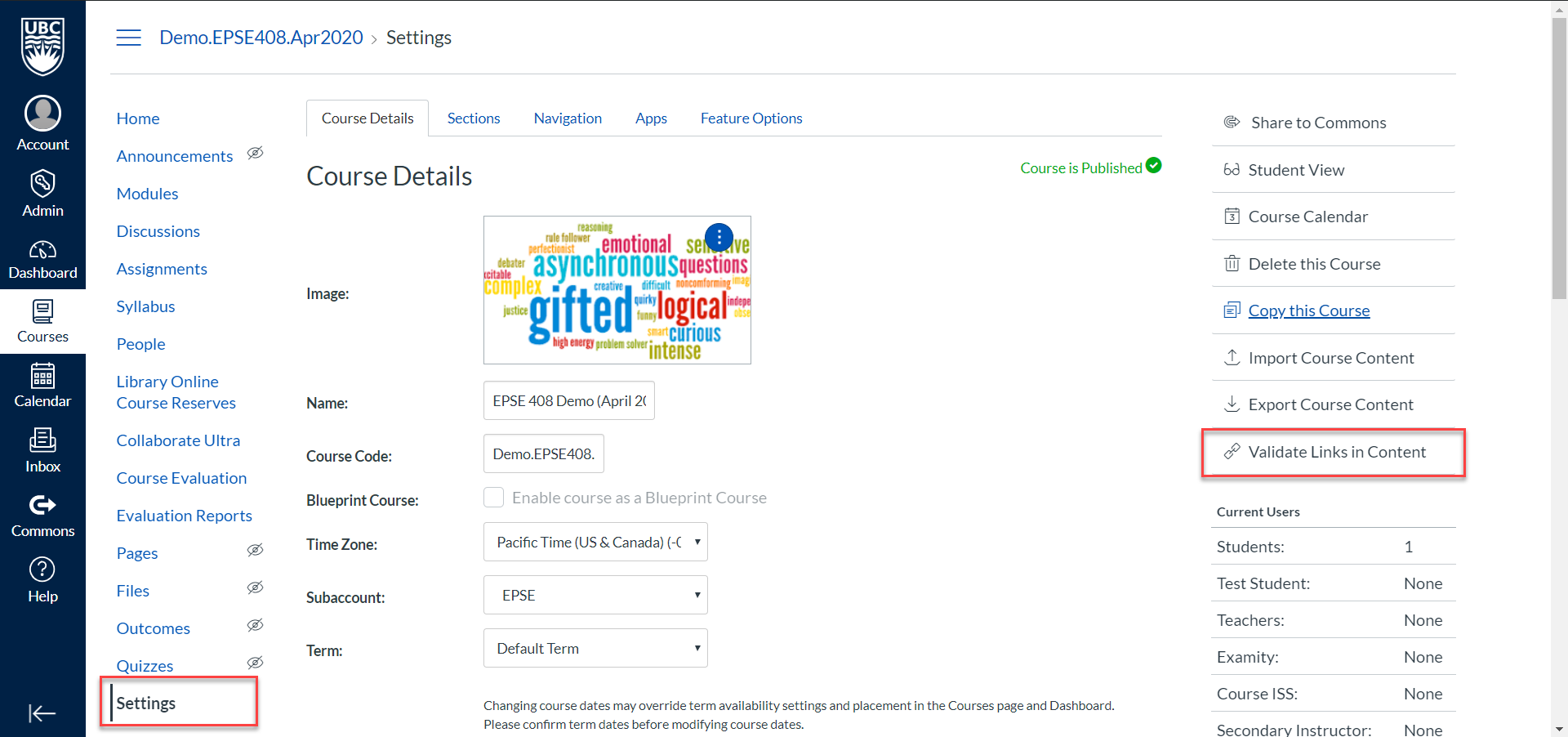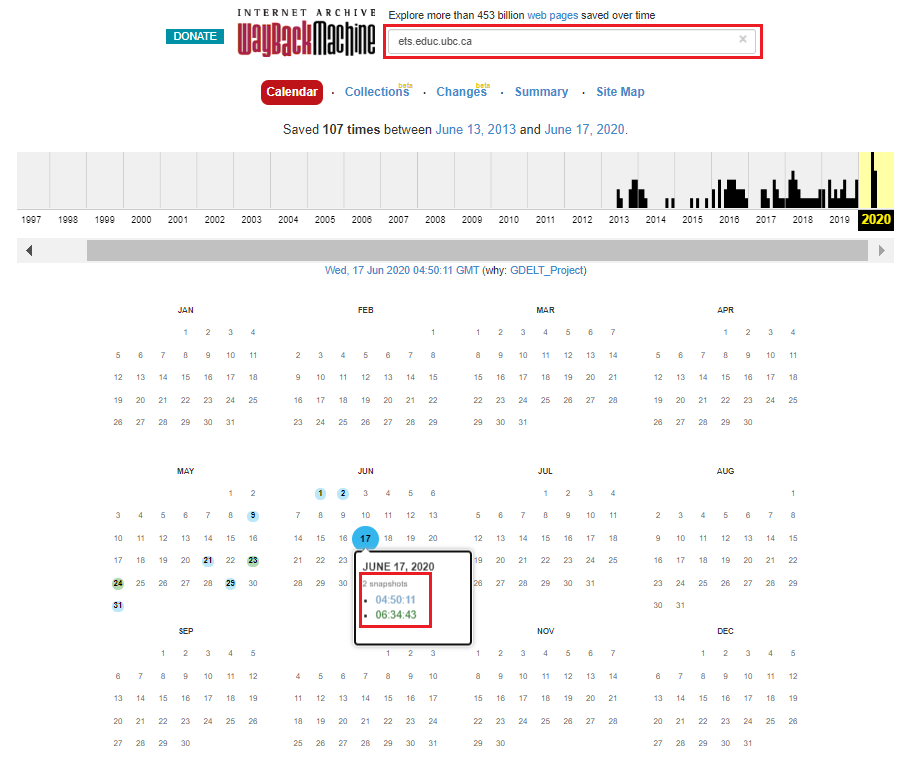Click on the screenshots to expand them for a better view.
- Once you have uploaded or recorded a media using Kaltura, in order to make it visible to students in a specific course, you will have to publish it to the specific Media Gallery of that course. By default, the uploaded media will be private. Once you have saved the uploaded media, click on Edit in the pop-up shown below. You can also navigate to the media from My Media and from the Actions drop-down menu, click Publish.

